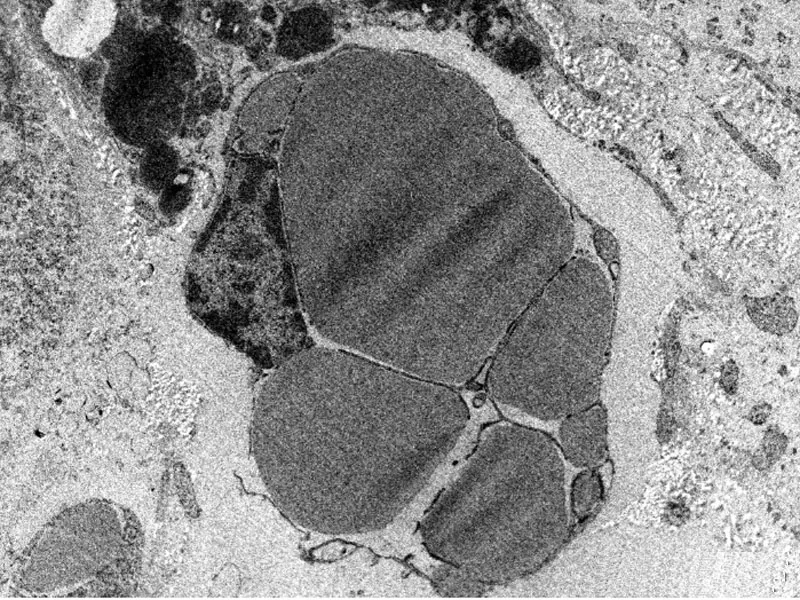Unusual Small Intestine Inflammatory Lesions in a Dog with Visceral Leishmaniasis
DOI:
https://doi.org/10.24070/bjvp.1983-0246.006004Keywords:
Canine visceral leishmaniasis, gastrointestinal tract, histopathology, immunohistochemistry, Leishmania (Leishmania) infantum chagasiAbstract
The aim of this study is to describe a case of an asymptomatic dog naturally infected with L. infantum chagasi with a surprising number of parasites in the duodenum. A mixed breed dog of unknown age was referred to the Center for Zoonoses Control of the Municipality of Ribeirão das Neves, Belo Horizonte Metropolitan area, Minas Gerais State, Brazil. The dog was diagnosed for Leishmania using an enzyme-linked immunosorbent assay (ELISA), direct parasitological examination of bone marrow aspiration, and immunohistochemistry of ear biopsy. After euthanasia samples of spleen, liver, lung, kidney, heart, cervical and mesenteric lymph nodes; ear, snout, abdominal skin and GIT segments (esophagus, stomach, duodenum, jejunum, ileum, cecum, colon, and rectum) were evaluated histologically and immunohistochemically for the presence of parasite amastigotes. Gross and microscopic examination of necropsy samples showed no severe alterations of the mucosa in any gastrointestinal segment. A conspicuous parasite load was observed in the lamina propria of the duodenum, jejunum, ileum, cecum, colon, and rectum. Parasite distribution in the small intestine was diffuse through the lamina propria, whereas in the large intestine it was concentrated close to the muscularis mucosa and distant from the intestinal lumen. The parasite load in the duodenum, mainly in the subepithelial region, was higher than in the other segments (p = 0.0008). This unusual case of localization in the small intestine and the distribution of the parasites in the intestinal mucosa may suggest the existence of different regulatory mechanisms in these segments.


